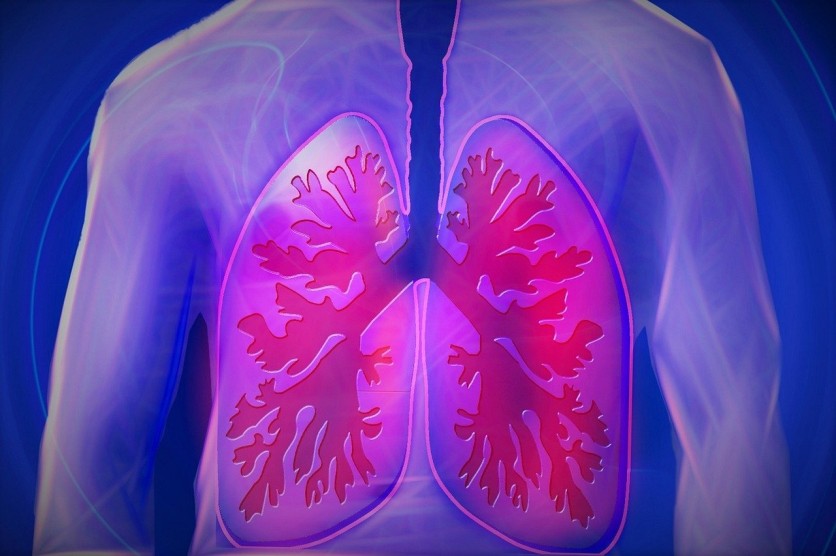
Pneumonia happens to almost all severe cases of COVID-19.
Combating Influenza Infections
Researchers have identified specialized immune cells known as macrophages within this lung cavity, recognized for their role as virus-eating cells. These macrophages swiftly migrate into the lungs during influenza infections, contributing significantly to the neutralization of viruses.
Lead researcher Juliet Morrison from the University of California, Riverside (UCR), underscored the significance of these virus-eating cells, highlighting their capacity to engulf bacteria, viruses, cancer cells, and dying cells.
Interesting Engineering reported that Morrison expressed surprise at the discovery of these cells in the lungs, noting that this phenomenon had not been previously observed.
When foreign threats invade the lungs, these vigilant macrophages promptly exit the cavity, swiftly navigating to the lungs where they spring into action, quelling inflammation and halting the progression of the illness.
Traditionally viewed as a protective cushion, the fluid-filled reservoir surrounding the lungs takes on a new role as a critical player in lung health, as revealed by this study.
The research emphasizes the importance of examining the internal dynamics of the lung and considering its external environment. Unexpected behaviors of cells outside the lung can significantly impact lung health and disease.
Comprising three main cavities enveloping the heart, abdominal organs, and lungs, the pleural cavity was traditionally considered a safeguard against lung collapse. Yet, this study suggests a broader perspective, suggesting it may function as a distinct organ with profound implications for lung health.
Exploring Types of Immune Cells
The study aimed to explore the types of immune cells present in the lungs during influenza infections. To achieve this, researchers analyzed existing data on genes associated with lung function from studies involving mice, both infected and uninfected.
They utilized an algorithm to sift through the vast dataset and predict the changes in lung cell composition during infections. UC Riverside reported that this analysis hinted at the possibility of an unidentified source of cells in the lungs, prompting further investigation.
Subsequent experiments involved studying mouse models to track the movement of macrophages in the lungs and assess the effects of their removal. Observations following the removal of macrophages revealed increased disease severity and inflammation in the lungs.
Through these experiments, the researchers uncovered the unexpected phenomenon of macrophages entering the lungs through the pleural cavity.
Also Read : Human Artificial Lungs Now Being Developed! And Lizards Could Help Researchers to Create Them
After making this groundbreaking finding, the research team is now focused on uncovering the proteins responsible for signaling macrophages to migrate into the lungs during infections. The identification of these protein signals holds immense potential for the development of novel treatments.
As published in the journal Proceedings of the National Academy of Sciences, these treatments could involve enhancing either the quantity or the effectiveness of macrophages in combating lung infections.
Such therapeutic approaches are anticipated to bolster the body's immune defenses against infections without relying on antiviral medications. The researchers emphasize that this approach could offer a more durable and efficient treatment for influenza.
Related Article : Magnetic Nanoparticles To Prevent Lung Cancer! Triggering Anti-Cancer MicroRNA! Efficiency, Safety, and Other Details

ⓒ 2025 TECHTIMES.com All rights reserved. Do not reproduce without permission.




